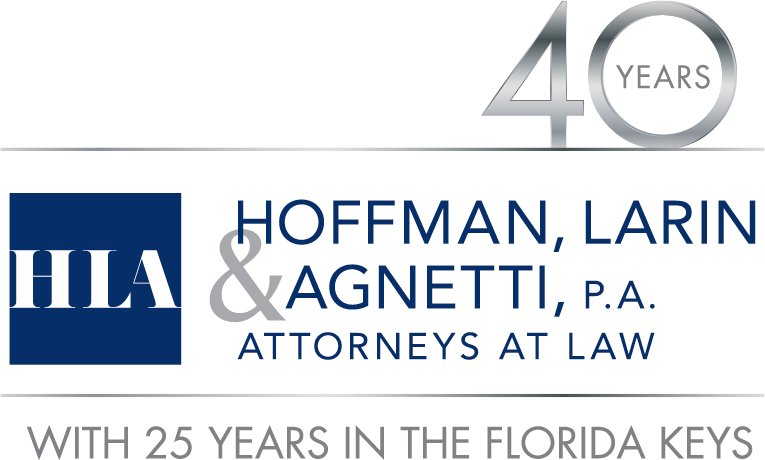Automobile Accidents
MILLIONS RECOVERED!!!!
40 Years to Experience
Aggressive & Personalized Advocacy
NO FEES UNTIL WE WIN YOUR CASE!!!!
Get In Touch
Call us at 305-653-5555
or Fill the Form Below
WE WIN CASES OTHER FIRMS ARE TOO AFRAID TO TAKE
AccidentsHOLDING MEDICAL PROFESSIONALS ACCOUNTABLE
Medical MalpracticeWHEN SECURITY FAILS , WE STAND UP FOR YOU
Premises LiabilityWhy HLA? Aggressive Attorneys with a Reputation for Results
Our Legal Practice Areas
If you have been injured in a South Florida Auto Accident, you need prompt, uncompromising legal assistance. At Hoffman, Larin & Agnetti, we have been helping Floridians for over 40 years with Millions Recovered.
We are not a legal “mill”; rather we offer personalized, hands-on assistance to those who need it most. We are skilled negotiators while also being aggressive, hard-hitting litigators when the situation warrants. The attorney you see is the one who will be helping you throughout your South Florida slip and fall claim. We believe in you, and you can believe in our stellar reputation, placing your trust in the attorneys at Hoffman, Larin & Agnetti.
Why Hoffman Larin & Agnetti?
40 Years Millions Recovered
We take cases other firms are afraid to take on!
Most of our clients come from other clients, attorneys and physicians!
Frequently Asked Questions
The worth of your auto accident claim is dependent on the individual circumstances of your claim, and will depend on the level of your injuries, whether you were hurt badly enough that you are unable to return to work (and for how long), whether you endured loss of enjoyment of life as a result of your injuries and whether you endured pain and suffering or emotional trauma from the injuries.
The length of time it will take to settle your auto accident case depends on the case itself, however in general, from the date of filing to settlement is approximately six months. If the case goes to trial, it can take as long as two or three years.
If you have suffered an auto accident, it is extremely beneficial to have an experienced, knowledgeable South Florida personal injury attorney by your side. The law firm of Hoffman, Larin & Agnetti has been helping those in South Florida since 1973; this level of experience significantly benefits our clients. Our firm is well-known for obtaining great results for clients, providing personal attention to every client. We have offices in Miami, Ft. Lauderdale, Islamorada and Key West, and are available to help in our office, in the hospital or in your home. Our cases have been featured in such publications as the Miami Herald and The New York Times, as well as syndicated television and radio. Contact Hoffman, Larin & Agnetti today for exemplary legal representation.
- We are experienced, aggressive attorneys with over 80 years collective experience
- Our firm is known for getting the best results for our clients
- Our attorneys provide personal attention to every client
- Offices in Miami, Ft. Lauderdale, Islamorada and Key West
- We are available 24/7 to help, in our office, the hospital or in your home
- You pay nothing unless we win your case
- Se Habla ESPAÑOL
